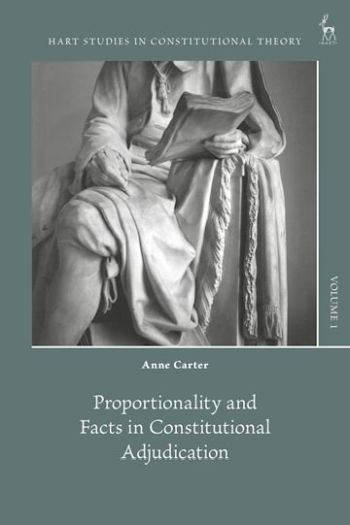We will be closed from 5pm Thursday 17th April for the Easter Bank Holidays, re-opening at 8.30am on Tuesday 22nd April. Any orders placed during this period will be processed when we re-open.

This book considers the relationship between proportionality and facts in constitutional adjudication. Analysing where facts arise within each of the three stages of the structured proportionality test – suitability, necessity and balancing – it considers the nature of these 'facts' vis-à-vis the facts that arise in the course of ordinary litigation.
The book's central focus is on how proportionality has been applied by courts in practice, and it draws on the comparative experience of four jurisdictions across a range of legal systems. The central case study of the book is Australia, where the embryonic and contested nature of proportionality means it provides an illuminating study of how facts can inform the framing of constitutional tests. The rich proportionality jurisprudence from Germany, Canada and South Africa is used to contextualise the approach of the Australian High Court and to identify future directions for proportionality in Australia, at a time when the doctrine is in its formative stages.
The book has three broad aims:
These developments mean that this book, with its doctrinal and comparative approach, is particularly timely.